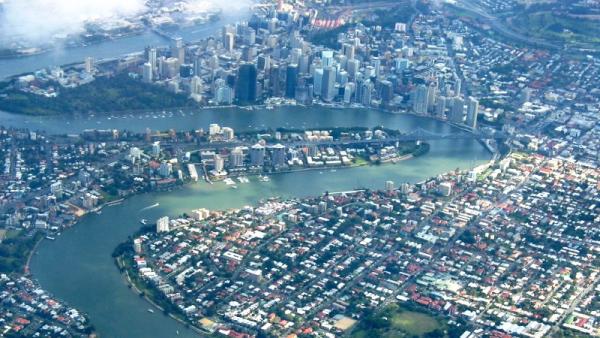The Queensland-China Economic Relationship

James Laurenceson, Deputy Director, Australia-China Relations Institute, University of Technology Sydney |
1. The annual value of Queensland’s goods exports to China is $11.6 billion.[1],[2] This compares with –
- $8.1 billion to Japan
- $6.0 billion to Korea
- $5.3 billion to India
2. The annual value of Queensland’s goods exports to China has increased by $4.9 billion over the past five years.[3] Exports to –
- Japan fell by $3.2 billion
- Korea increased by $0.1 billion
- India fell by $1.6 billion
3. Personal tourism is Queensland’s third largest export earner after coal and beef.[4] Queensland has welcomed 442,000 visitors from China over the past year, an annual increase of 28.9 percent.[5] This compares with –
- 177,000 from Japan, an increase of 15.1 percent
- 59,000 from Korea, an increase of 17.4 percent
- 59,000 from India, an increase of 19.1 percent
4. Education-related travel is Queensland’s fourth largest export earner.[6] There are currently 14,614 Chinese students at Queensland educational institutions, an increase of 13.4 percent over the past year.[7] This compares with –
- 2,574 from Japan, an increase of 9.8 percent
- 4,530 from Korea, an increase of 9.4 percent
- 8,718 from India, an increase of 1.9 percent
5. Over the past five years Chinese investment in Queensland has totaled $11.2 billion.[8] This compares with –
- $17.4 billion for New South Wales
- $11.4 billion for Victoria
- $9.6 billion for Western Australia
6. China is the 6th largest foreign land owner in Queensland with holdings totaling 237,490ha.[9] This compares with –
- 2,229,850ha for the UK
- 548,070ha for the US
- 427,900ha for Switzerland
Endnotes
[1] This factsheet was prepared by Professor James Laurenceson, Deputy Director, Australia-China Relations Institute, University of Technology Sydney
[2] As of April 2016. Source – Australian Bureau of Statistics (ABS); http://stat.abs.gov.au/
[3] The figures are between April 2011 and April 2016. Source – ABS.
[4] As of 2014-2015. Source – Department of Foreign Affairs and Trade (DFAT); http://dfat.gov.au/about-us/publications/Pages/australia-s-trade-by-state-and-territory.aspx
[5] As of March 2016. Source – Tourism and Events Queensland; http://teq.queensland.com/Research-and-Insights/Source-Market-Research/International-Summary-Snapshots/International-Tourism-Snapshot
[6] As of 2014-2015. Source – DFAT
[7] As of April 2016. Source – Australian Government Department of Education and Training; https://internationaleducation.gov.au/research/International-Student-Data/Pages/InternationalStudentData2016.aspx#Pivot_Table
[8] The figures are for 2010-2015. Source – University of Sydney / KPMG; http://demystifyingchina.com.au/.
[9] As of 2014-15. Source – Queensland Government Department of Natural Resources and Mines; https://www.dnrm.qld.gov.au/__data/assets/pdf_file/0010/307486/folr-2015.pdf
Author
Professor James Laurenceson, Deputy Director, Australia-China Relations Institute, University of Technology Sydney

